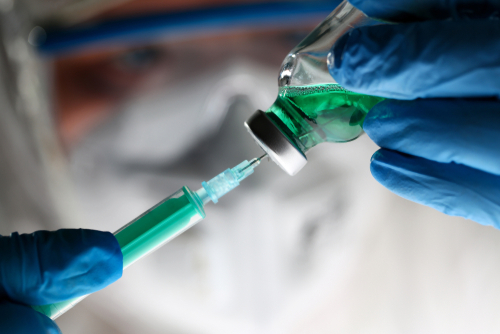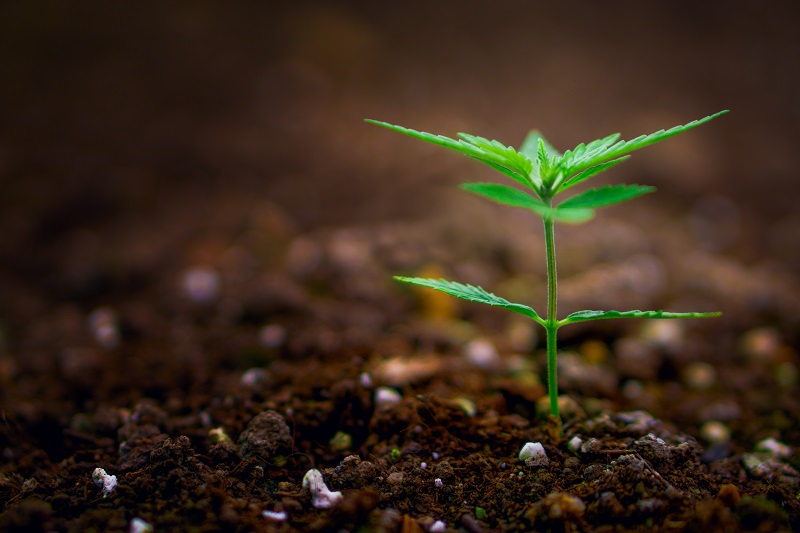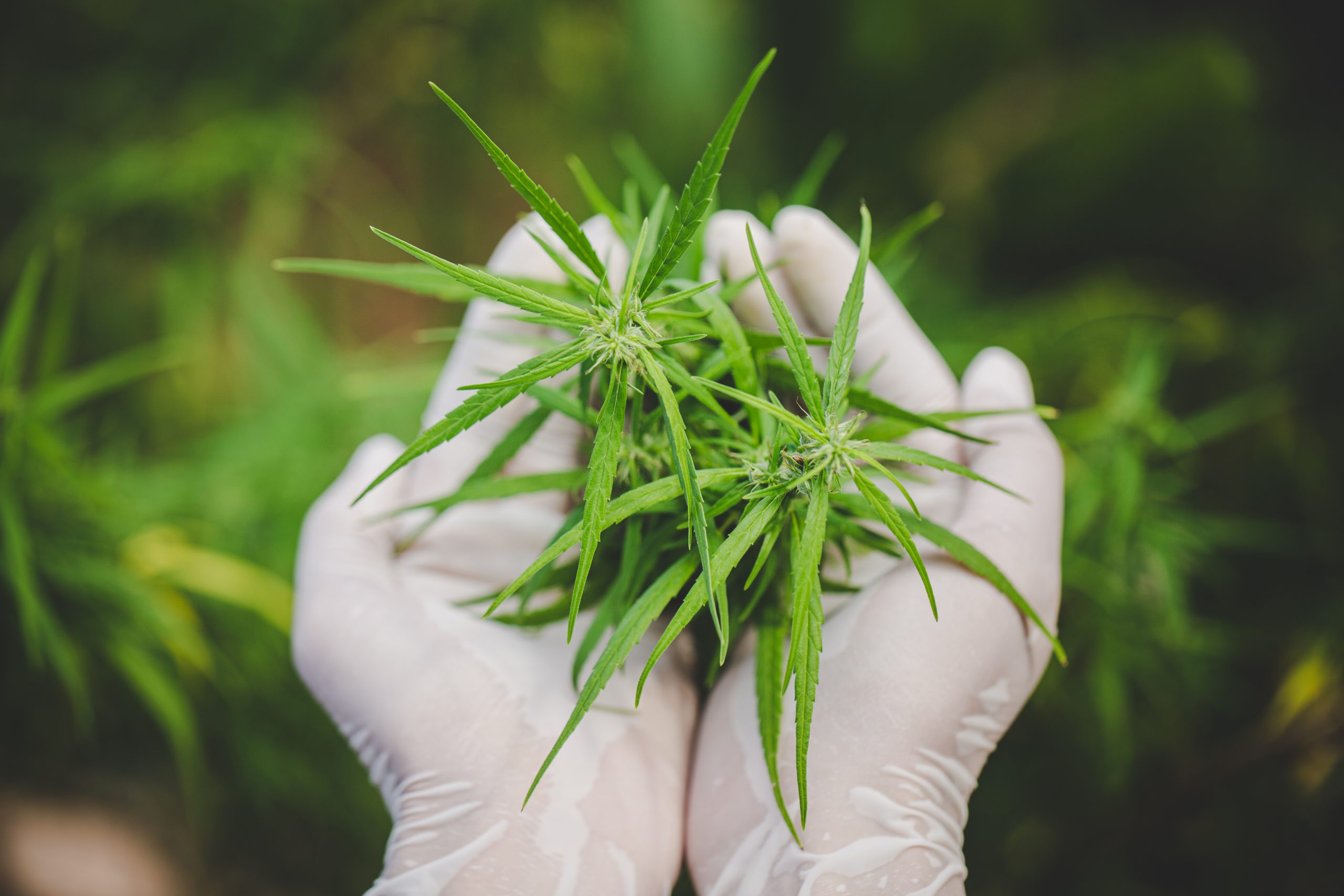Anti-Superbug Hero

Infections such as strep throat, skin infections, pneumonia, and so on are caused by various types of bacteria that are treated with antibiotics.
In recent times, however, the medical community is facing the challenge of antibiotic-resistant bacteria. Germs that adapt and develop resistance to the action of antibiotics pose serious threats and contribute to increased mortality rates.
CBD or cannabidiol extracted from the Cannabis Sativa plant has shown immense promise as a ‘helper’ that can reduce antibiotic resistance and boost the action of these drugs.
Origin and classification of CBD
Plants are classified into class, order, family, genus, and species. Class is the broadest category that groups plants based on whether they have a single seed leaf (monocotyledons) or two seed leaves (dicotyledons), flowering or non-flowering.
The next category of “order” has plants grouped based on the differences between plants that are developed from a common ancestor. Each ‘order’ of plants is classified further into ‘families.’ Each family has plants that have many similarities and botanical features in common. Laypersons can identify these similarities easily, such as the nightshade family of plants, parsley family of plants or grass family. Names of ‘families’ end in ‘aceae.’
Families are further divided into ‘genus,’ which is groups of plant types that are structurally related. The first word in botanical names given to a plant refers to its genus, while the second name denotes the ‘species.’ Species are the lowest level and describe the individual plant and the unique characteristics of the plant, such as the shape of its leaf, color, or location.
For cannabis plants, the order is Rosales or Rose order, and the family is Cannabacea. This family includes plants that are stout/erect or climbing with one-seeded fruits and petalless flowers.
The Cannabacea family is said to include eleven genera (plural of genus). About 170 species of plants are said to be distributed across these eleven genera.
The genera include
- Cannabis
- Hops (Humulus)
- Celtis or hackberries
- Trema
- Aphananthe
- Chaetachme
- Gironniera
- Lozanella
- Parasponia
- Pteroceltis
Out of these eleven genera, Cannabis and Humulus (hops) are the ones that are economically important. Celtis, also called nettle tree or hackberries, is a genus that includes close to 70 species, while Trema contains 40 small evergreen tree species.
Both Humulus and Cannabis genera are said to include between one and three species. Although there is no consensus, the Cannabis Genus is believed to include the three species of Cannabis Sativa, Cannabis Ruderalis, and Cannabis Indica.
The origin of the Cannabis Genus is accepted to be Central Asia, while South Asia is also recognized as the origin by some researchers.
Cannabis Sativa is cultivated across the world for its recreational and medicinal properties. There are many varieties of Cannabis Sativa. A cane-like tall Cannabis Sativa variety is cultivated for industrial hemp fiber.
The shorter variety that has more branches is the source of a psychoactive chemical called THC or tetrahydrocannabinol. Another variety of Cannabis Sativa is grown exclusively for chemicals that have medicinal properties. In the U.S., Cannabis Sativa variety that has more than 0.3% of tetrahydrocannabinol (THC) is termed ‘marijuana’ plant.
Other varieties that have less than this amount of THC are used to make Cannabidiol (CBD) that has a wide range of therapeutic properties.
CBD-integrated topical products
Both THC and CBD belong to a group of compounds called Cannabinoids that are unique to the Cannabis Sativa plant. While THC has psychoactive properties that are responsible for the ‘high’ feeling, CBD does not exert such an effect.
CBD is extracted from the Cannabis Sativa plant that has less than 0.3% THC using advanced extraction methods. It is further purified as CBD powder and mixed with aromatic/therapeutic essential oils (almond, avocado, olive, rosemary, coconut) to make CBD-integrated topical products.
Some of the most popular CBD-integrated topicals include pain relief spray, pain relief roll-on, CBD oil, sleeping mask, facial cream, eye serum, and recovery lotion.
Antibiotic properties of CBD
Multiple studies over the years have demonstrated that CBD has potent anti-inflammatory, analgesic (pain relief), and antioxidant properties. CBD’s role in alleviating a range of symptoms and disease conditions, including epilepsy, fracture, chronic pain, chronic fatigue syndrome, wound healing, migraine, irritable bowel syndrome, and anxiety, are well-known.
Recent research also indicates that CBD is effective in helping antibiotics kill drug-resistant bacteria. While antibiotics are designed to kill many types of bacteria, at times, they develop some compounds – called outer membrane vesicles or OMVs – that help them obtain nutrients and defend themselves against the action of antibiotics. This leads to a condition called ‘antibiotic resistance,’ which makes it very difficult to treat certain infectious diseases caused by bacteria.
Studies show that CBD oil can prevent a bacteria called E. Coli from making OMVs or outer membrane vesicles.
Antibiotic resistance or antimicrobial resistance, abbreviated as AMR, is seen as the biggest threat in the modern world. By learning to adapt to antibiotics, bacteria develop drug resistance and go on to become ‘superbugs.’ This can happen when people overuse or misuse antibiotics or when they are prescribed unnecessarily.
Drug-resistant infections such as HIV, malaria, and tuberculosis kill close to 700,000 people across the world every year. In the U.K., about 5000 people die each year due to antibiotic-resistant germs, according to Public Health England. It is estimated that antimicrobial resistance will kill ten million people by 2030.
Consumption of antibiotics has increased by 65% between 2000 and 2015 across the world, with 34.8 billion doses being consumed every day. This analysis was carried out at Washington-based CDDEP (Center for Disease Dynamics, Economics & Policy).
Researchers are exploring alternative strategies to address antibiotic resistance. One of the aspects being focused on by researchers is helper compounds that are also termed resistant breakers or antibiotic potentiators. These helper compounds are themselves non-antibiotic in nature but act as adjuvants (‘helpers’) for antibiotics. They operate synergistically with antibiotics using mechanisms such as inhibition of enzymes, efflux pump inhibition, or by changing membrane permeability, all of which boost the efficacy of antibiotics.
A research conducted by the University of Southern Denmark researchers found that cannabidiol or CBD acts as a helper compound that removes antibiotic resistance of bacteria, thereby enabling the drug to kill the germs.
The Principal investigator and author of the study was Janne Kudsk Klitgaard, which was featured in the Scientific Reports journal. The researchers found that when they combined antibiotics with CBD, there was an enhanced positive effect than when using antibiotics alone to treat infections.
For the study, the team of researchers examined if CBD had the ability to act as a helper compound that enhances the effect of antibiotic bacitracin that contains cyclic peptides that interfere with the cell wall of the bacteria and interrupt the production of certain peptide compounds. When these compounds cannot be produced by the bacteria, it dies. The team studied CBD’s antimicrobial effect on MRSA (methicillin-resistant Staphylococcus aureus) that causes serious infection, and also on other types of bacteria such as Listeria monocytogenes, Enterococcus faecalis, and MRSE (methicillin-resistant Staphylococcus epidermidis).
They then tested a combination of antibiotics and CBD against these different bacteria. When the researchers used a combination of CBD and antibiotics on S. aureus, they found that this resulted in morphological changes within the bacterial cells. These changes interrupted cell division in the bacteria, which meant that these germs could no longer normally divide.
The team of researchers found CBD used with antibiotics had a more potent effect against certain persistent bacteria such as Staphylococcus Aureus as compared to using only antibiotics. The researchers concluded that CBD could be used in combination with antibiotics in clinical settings to treat antibiotic-resistant bacteria.
The use of CBD also meant that less antibiotics were needed to treat infections.
Another 2019 study conducted by Dr. Sigrun Lange and a team of researchers was published in Front Cell Infect Microbiol. The study involved growing E.coli (a type of bacteria) in the laboratory and then treating it with antibiotics. The antibiotics used in the study are the commonly prescribed ones, including vancomycin, erythromycin, colistin, rifampicin, and kanamycin.
The researchers then applied a low dose of CBD oil to the bacteria to observe its effect on the bacteria after an hour of application. They also tested the effect of a higher dose of CBD oil.
The team found that CBD oil in low doses reduced OMV production by 73%, while the higher dose decreased OMV production by 54%.
According to the lead researcher Dr. Lange, the study demonstrates that CBD oil is highly effective at boosting the efficacy of antibiotics. This action is due to changes in membrane vesicle composition.
The researchers concluded that when used along with antibiotics, CBD topical products such as CBD oil enhances antibacterial effects of antibiotics and recommend the use of CBD as an adjuvant to drugs to reduce resistance.
More evidence for CBD’s potent ‘helping’ action on reducing antibiotic resistance has been obtained through another Queensland-based research.
Under laboratory conditions, CBD has been shown to be active against certain types of bacteria. The fact that CBD seems to avoid leading to bacterial resistance similar to the resistance the germs have against antibiotics has sparked the interest of researchers.
Even with extended exposure conditions in laboratory experiments that typically lead to resistance against antibiotics such as vancomycin or daptomycin, CBD did not lose its efficacy. Laboratory-based trials demonstrated that bacteria such as Streptococcus pneumonia and Staphylococcus aureus that cause serious infections such as pneumonia, skin, throat, and kidney infections were inactivated by CBD.
It was observed that CBD reduced the ability of bacteria to form a slimy matrix of biofilm communities that enable the bacteria to grow and survive. In the absence of this matrix, bacteria cannot thrive.
Dr. Mark Blaskovich conducted the experiment at the Centre for Superbug Solutions (The University of Queensland).
Selecting the right topical CBD product
When you are looking to go the natural way of building your immunity and defending your body against germs with CBD topicals, it is important to know how to choose the right products. While there are many CBD products in the market, focusing on these aspects will help you choose the best CBD topical for optimal antibiotic and anti-inflammatory benefits.
Ingredients: The first step when choosing a CBD-integrated product is to examine the ingredients on the label. Many products that claim to have CBD may contain ‘ hemp oil’ as the source. While both hemp and marijuana belong to Cannabis Genus, hemp seed oil has very little to zero CBD. This oil is used for cooking and in some beauty products but has no medicinal properties like CBD.
CBD oil, on the other hand, is extracted from a specific variety of Cannabis plants that are CBD-rich. In genuine CBD-infused products, including sleeping masks, facial cream, eye serum, body lotion, or pain relief spray, the active ingredient listed is CBD isolate or CBD distillate as “whole-plant extract.” Other terms that usually accompany CBD-enriched products are ‘full spectrum’ or ‘broad spectrum’ or PCB (phytocannabinoid-rich).
Production: A genuine CBD product manufacturer also lists the method of extraction used to obtain CBD. While the cold press method is typically used for hemp oil extraction, advanced techniques such as CO2 extraction/supercritical fluid extraction are used to derive CBD.
Amount of CBD: Authentic CBD products, including eye serum, pain relief spray, CBD body oil, face cream, or recovery lotion clearly display the amount of CBD the product contains in milligrams for each unit or the entire product. For instance, many products contain between 100 milligrams to 300 milligrams of CBD isolate.
Pricing: With advanced extraction and purification methods used to produce CBD oil, these topical products may have premium pricing as compared to products that use hemp seed oil. Premium quality CBD anti-aging facial cream or pain relief spray contains a good concentration of CBD isolate that contributes to the product’s potency.
More articles:











